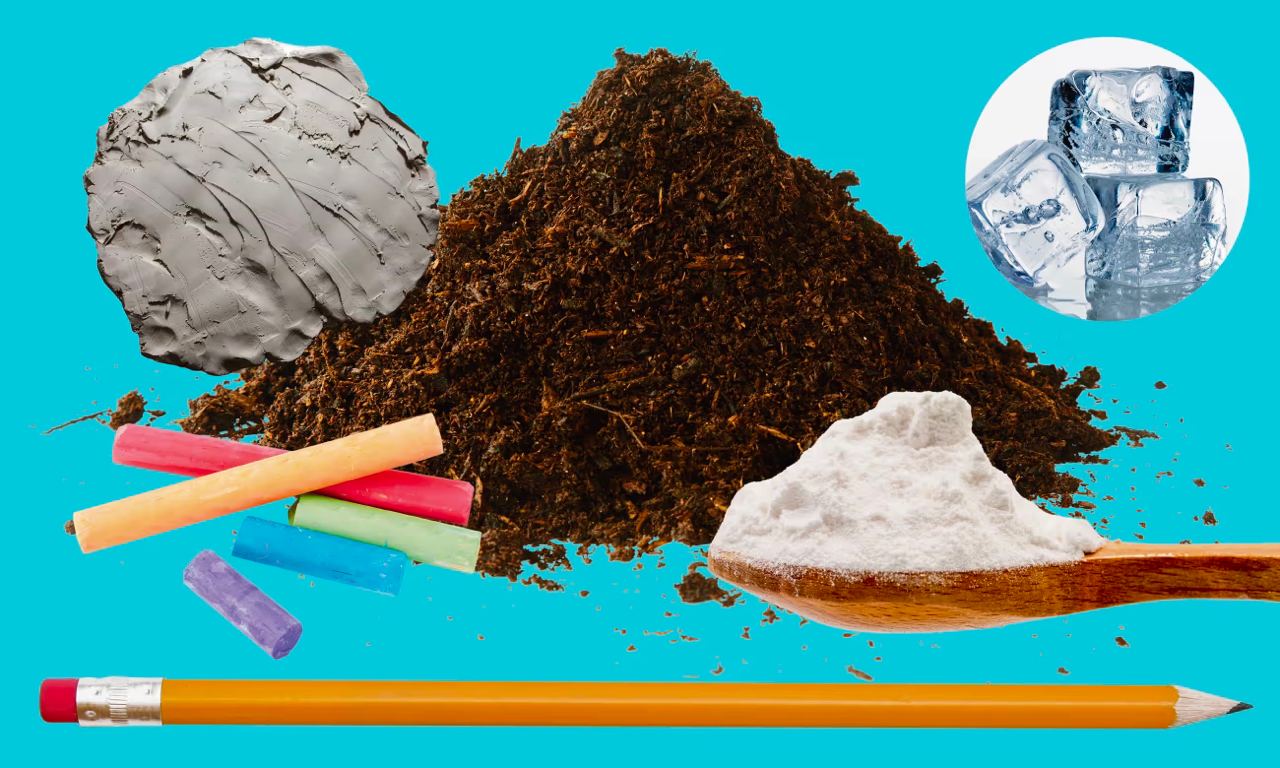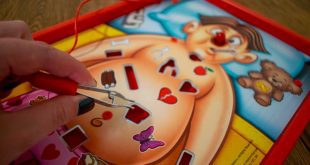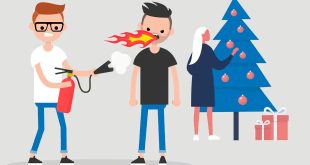From chalk to rubbers and clay, there are a variety of reasons why those with pica syndrome yearn to eat non-foodstuffs. But is this dangerous?
Mary (not her real name), a 20-year-old from Ireland, has just kicked her habit – of eating firelighters. “I got through a box of individually wrapped ones every six months for most of my adolescence,” she says, “but during exam season I would go through a box every three weeks. I would allow the firelighters to dry out in the box after opening them, as that was how I preferred them.”
Mary has pica (pronounced pike-a) syndrome, often classified as an eating disorder that involves consuming non-food items. But even within this condition, her version is unusual, leaving her feeling isolated. “I haven’t heard of anyone else experiencing anything like it,” she says. “Internet searches have led to poison hotline phone numbers or pregnancy forums, because expecting mothers often crave the smell of firelighters. But someone else must eat them like I used to.”
Pica is the Latin name for the common magpie, which used to have a reputation for flying off with strange things in its beak. The syndrome is probably most common in young children, and that’s when it started for Mary, nine years ago, as a means of self-soothing. “I would chew the rubbers off pencils, eat paper and candle wax. These are all common in the pica community,” she says. She had always loved the smell of petrol, getting out of the car to sniff it when her parents stopped to refuel. That is also why she volunteered to light the fire on winter evenings. When she was 11, after “a very stressful event”, she recalls, “I gave in to the smell of the firelighters I had been sniffing and tasted them.”
It’s hard to say how prevalent pica is, because it’s understudied and underreported. On top of that, says Dr Melinda Karth, researcher in psychological sciences and eating disorders at Purdue University in Indiana, “there are variations in pica definitions in studies, and a reluctance in adults to admit that they eat ‘abnormal things’.” A German study with 2,403 adult participants, published in Epidemiology and Psychiatric Sciences in 2022, found that about 5% reported at least one episode of pica behaviour, while 1% said it was recurrent.
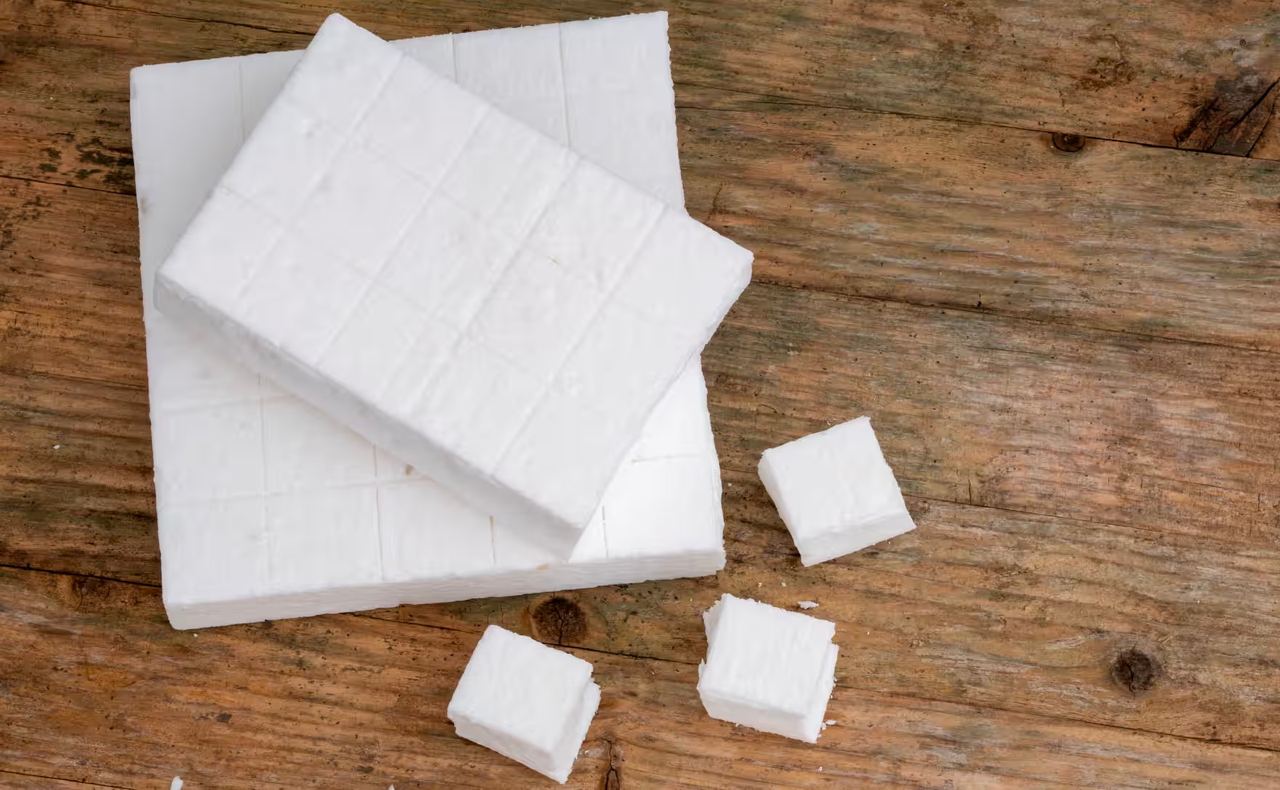
“Rates of pica are usually higher in people with intellectual disabilities or brain injuries compared with people with typical brain functioning,” Karth says. Pica appears to be most common in youth, but “this could be because adults are reluctant to seek treatment”. As far as children are concerned, the UK Health Security Agency (UKHSA) says pica is often associated with autism.
Among items eaten by people with pica syndrome, says Karth, “pencil nibs, chalk, plaster, dirt and ice seem to be the most common,” but what causes the cravings is as mysterious as its prevalence. “It’s important to remember that, as with all eating disorders, no two cases are the same, so when people have pica, they don’t necessarily display the same symptoms.”
Anxiety may play a part. Some people with pica have obsessive compulsive behaviours, and Karth says, “even though obsessive compulsiveness is no longer considered an anxiety disorder, it is related to anxiety”. And the impulsivity or compulsivity that can come with anxiety plays a big role in other eating disorders, such as binge-eating disorder, or bulimia nervosa. A key difference from most of the other eating disorders is that pica generally “doesn’t involve body dissatisfaction”.
What we do know is that on the rare occasions that people seek treatment for pica, selective serotonin reuptake inhibitors (SSRI drugs) that are also prescribed for depression and obsessive compulsive disorder (OCD) “have been shown to be helpful”. With OCD, says Karth, “there’s a reduction in serotonin in the brain that might be contributing to the compulsive behaviours and impulsivity. So it’s possible that pica might also be related to low levels of serotonin in the brain.”
Mineral deficiencies have long been suggested as another possible cause. While some people crave things that are clearly dangerous, such as batteries and coins, says Sera L Young, associate professor of anthropology and global health at Northwestern University in Illinois, “cravings for earth and raw corn starch seem to have a physiological function that I would be hard pressed to call an eating disorder”. Online pica discussions usually fall in this range, sharing the merits of various clays, chalks, soils and even a corn-starch-based baby powder.
“Clay has been used for medicinal treatments for thousands of years,” says Young, “and hundreds of animal species eat it. When you see Peruvian parrots risk their lives by descending from the canopy to eat at clay licks, or when you see chimpanzees digging for this particular kind of clay, you can say: ‘There’s something to this.’”
It is thought that birds eat it to help metabolise toxins in their diet. “Dry powdery substances such as clay can bind with the mucin layer of your gut,” says Young, “and therefore make a barrier to toxins and pathogens passing through. They can also bind with toxins and pathogens themselves. You can think of it as a mud mask for your gut.” The trouble is they can also absorb iron, and pica is often associated with anaemia, which is how Young originally stumbled into studying the condition.
She was doing fieldwork off the coast of Tanzania about anaemia during pregnancy. “Women were saying: ‘When we were pregnant, we started eating earth.’ I was like: ‘What?’” She still remembers the moment, sitting outside, when the women urged her to taste the sunbaked earth. “It was very tantalising; it dried out your tongue like the tannins in tea do. But more than liking it, I was just intrigued.”
Earth-eating – known as geophagy – is far from unique to Tanzania. “Lots of women in high-income countries actively seek out earth, too,” Young says. “It’s mostly associated with pregnancy and micronutrient deficiencies, especially in anaemia.” Which is problematic if it can make anaemia worse. But anyone who loves that earthy taste of new potatoes, or the smell outside after it rains, might have a little insight into the primal draw to the substance behind the smell. It is probably geosmin – a sesquiterpenoid, a type of hydrocarbon produced by microbes in the earth – and humans are highly attuned to its odour, detecting it at 0.1 parts per billion. If you mixed a teaspoon of it into 200 Olympic-sized swimming pools, you’d still be able to smell it.
Diane (not her real name), a 26-year-old American, started craving earth when she was about 22. “It started after I tried a small piece of dried-out clay that my younger sister had from pottery school,” she says. “I loved the taste of earth – tasting what felt like the smell of rain on my tongue. I started looking for more.”
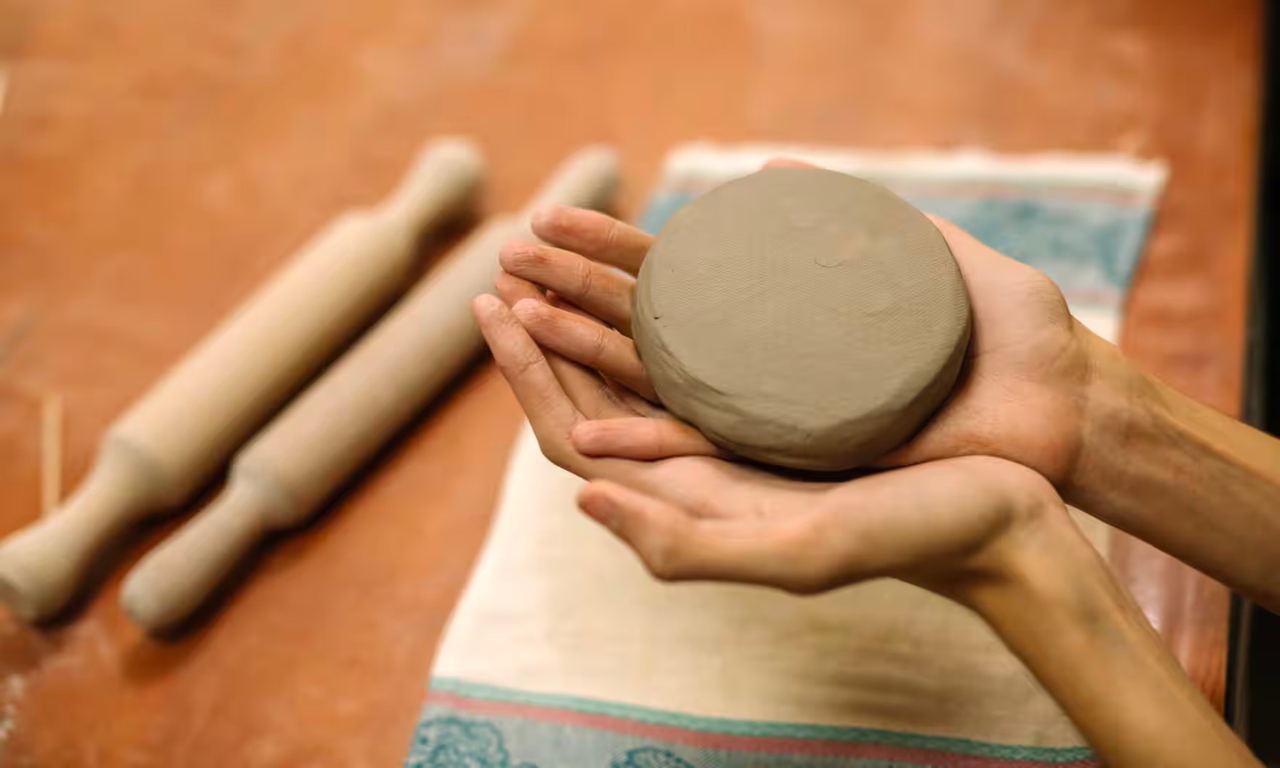
People who engage in geophagy often talk about their habit like true connoisseurs. Diane ordered herself some so-called “edible clay”, “like Georgia white clay or kaolin white clay. I usually ordered a pound or two and it would last for months as I’d take little nibbles here or there to satisfy any cravings. For the most part, it worked for me, though I didn’t really love it, as the earthy taste was subtle and the clay stuck to my teeth, which was nothing like the dirt and mud I used to eat as a kid.”
When Diane was 24, she found a store on Etsy that sold, “exactly the type of dirt I wanted. It was the dig-outside dirt rather than excavated deep-earth clay. I loved it. Almost too much. I ordered 10lbs every two months for more than a year.” Eventually they put the prices up, “so I started buying cheap topsoil to sift on my own and eat”.
Whether this practice is harmful, says Young, is the million-dollar question. “I think with so many things, it’s about a dose response. Sometimes we find lead in the clay, sometimes it’s radioactive, sometimes it has other stuff in it that’s not good. While eating a little bit seems to be beneficial [for some people], eating a lot can go horribly wrong.” Last year, when the UKHSA looked at cases of lead poisoning in children, it found that 76% of those affected had pica; the exposure was predominantly from paint or soil.
In Young’s research, the behaviour often drops off after pregnancy. “I remember very clearly one woman in a longitudinal study in Zanzibar. She said she was eating these things and then I came back a year later and then another year later, and she wasn’t. I said: ‘What was causing you to eat this stuff?’ And she pointed at her two-year-old sitting on the rug. She said: ‘As soon as he left me, so did my cravings.’”
As well as an air of connoisseurship, people with pica tend to share the language of addiction. Both Mary and Diane say they had to go “cold turkey” to give up. Diane managed this at 25. “I went from several pounds a month to having just a taste of earth less than once a month. I haven’t relapsed yet, but it is very hard. I have a hunger response just seeing a pile of dirt or an untouched field of earth. I watch videos of people digging clay or hiking, and seeing the dirt makes me drool. I wish so badly for it to stop.” She suspects she’ll have to manage the cravings for the rest of her life, although blood tests say she is not anaemic or missing any key minerals in her diet. “I just love the taste of after-rain and I crave it constantly.”
Not that she has ever spoken to a doctor about her pica. “I decided to turn myself around because I didn’t want there to be a point where I’d need to see a doctor, and that’s on top of being judged by loved ones. I don’t want to give in to this. It’s bad for me and I want to be better.”
Mary says that apart from her pica, she doesn’t have an addictive personality. “I have smoked but I did not find it addictive. I drink very small amounts. I have no experience with illegal drugs and could easily not consume my morning coffee,” she says. She also hasn’t told a doctor, partly because she feels sure her pica will be blamed on her anaemia. “It is absolutely possible to have a balanced diet as a vegetarian,” she says, “but I was not taking in enough iron or protein in my diet.”
Her abstinence began in August. “I never thought I would be able to do it,” she says. “I felt very ill at first and I would experience overwhelming cravings.” Now she is left with nagging worries about carcinogens, long-lasting health effects and relapse. While she is happy with her progress, she says: “I still find it hard to pass supermarket shelves stocking firelighters, and I would not trust myself around an open box for a prolonged period of time.”
This article was amended on 19 December 2023. An earlier version incorrectly described geosmin as a protein, rather than a sesquiterpenoid.
In the UK, Beat can be contacted on 0808-801-0677. In the US, help is available at nationaleatingdisorders.org or by calling ANAD’s eating disorders hotline at 800-375-7767. In Australia, the Butterfly Foundation is at 1800 33 4673. Other international helplines can be found at Eating Disorder Hope.
